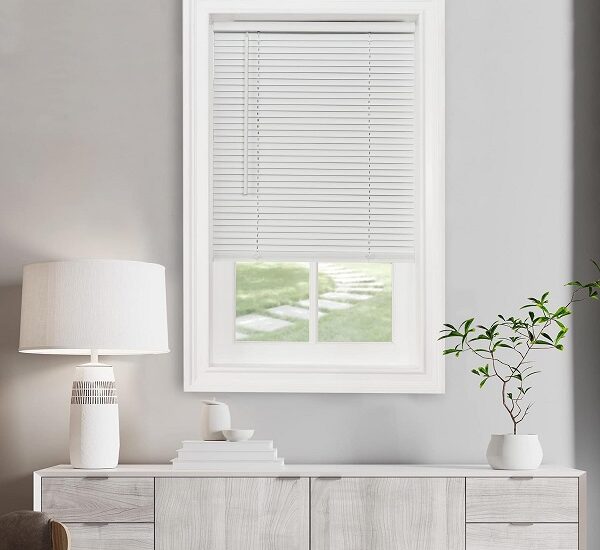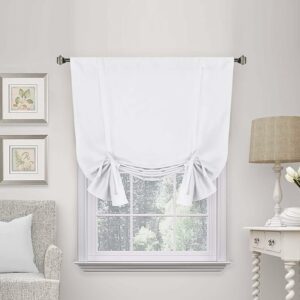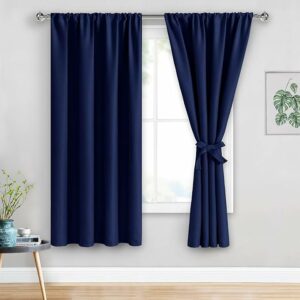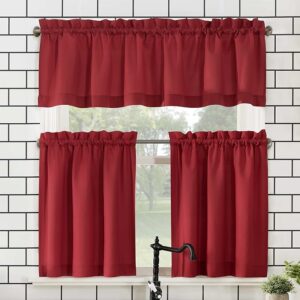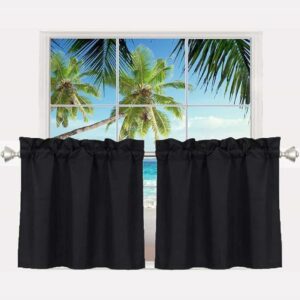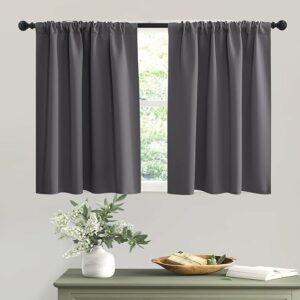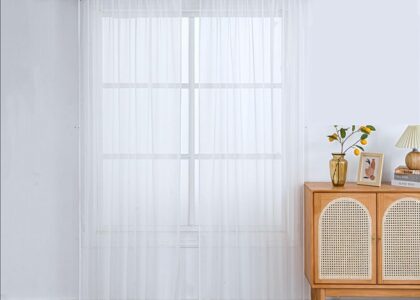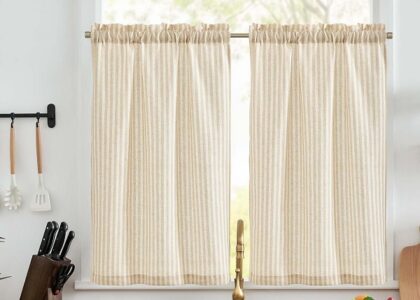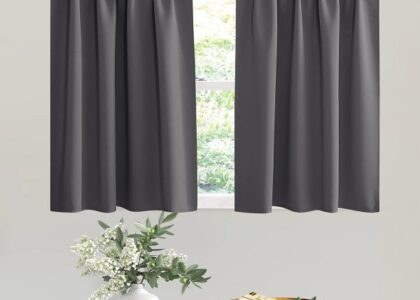Introduction
Your windows are more than just functional openings—they’re opportunities to enhance your home’s style, comfort, and privacy. Choosing the right window treatments can make all the difference. But with so many types of window treatments available, how do you decide what works best for your needs?
This guide will walk you through the main categories of window treatments: curtains, blinds, and shades. We’ll cover their benefits, drawbacks, and ideal uses, helping you make an informed decision for your home. Whether you’re seeking privacy, better light control, or a specific aesthetic, this article has you covered.
Why Do Window Treatments Matter?
Window treatments are more than decorative elements—they’re essential for:
- Privacy and Security: Prevent prying eyes from invading your space.
- Light Control: Adjust the natural light entering your room to suit your preferences.
- Energy Efficiency: Insulate your home and reduce energy bills.
- Aesthetic Appeal: Add texture, color, and a finishing touch to your interiors.
By understanding the key features of blinds, curtains, and shades, you’ll unlock the potential to customize your windows to fit your lifestyle.

Exploring the Types of Window Treatments
1. Curtains: Classic Elegance and Versatility
Curtains are fabric panels that hang from a rod, available in various lengths, patterns, and materials.
Key Features:
- Best for adding a soft, decorative touch.
- Offers insulation when paired with liners.
- Available in sheer, semi-opaque, and blackout options.
Popular Use Cases: Living rooms, bedrooms, and dining areas.
2. Blinds: Practical and Streamlined
Blinds consist of horizontal or vertical slats that can tilt open or closed for light control.
Key Features:
- Made from materials like wood, aluminum, or PVC.
- Excellent for privacy and precise light adjustment.
- Requires minimal maintenance.
Popular Use Cases: Kitchens, bathrooms, and offices.
3. Shades: Minimalist and Functional
Shades are fabric or material coverings that roll or fold up, offering a clean and modern look.
Key Features:
- Options include Roman, roller, cellular, and pleated shades.
- Provides better insulation than blinds.
- Available in light-filtering or blackout styles.
Popular Use Cases: Bedrooms, media rooms, and minimalist interiors.
Conclusion
Choosing between curtains, blinds, and shades ultimately depends on your priorities—whether they’re privacy, light control, or style. By understanding the strengths and limitations of each type, you can create the ideal combination to suit your needs.
Start by evaluating your space, then consider combining treatments for a layered, custom look. Remember, the right window treatments not only enhance the aesthetics of your home but also provide functional benefits that improve your everyday life.
Ready to upgrade your windows? Explore the options above and discover the perfect solution today!



